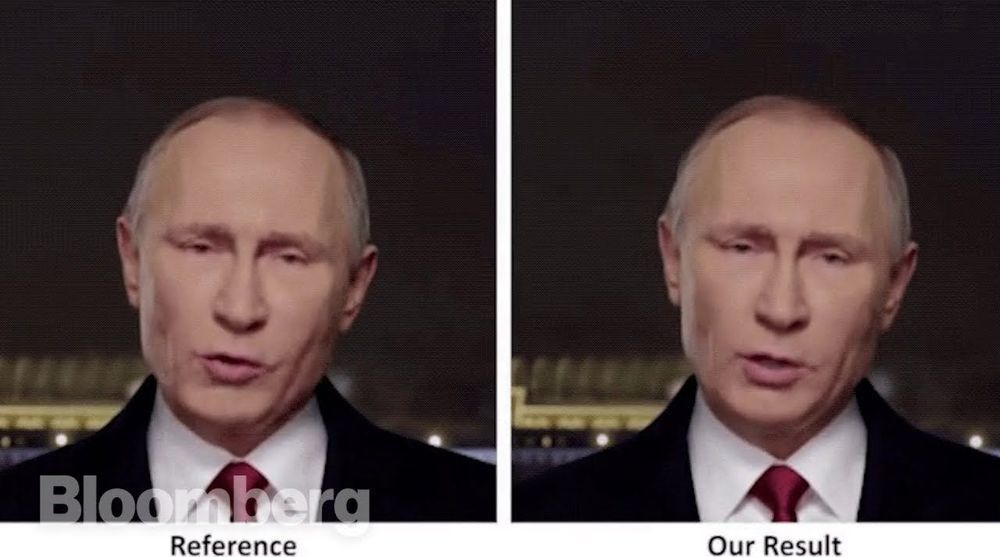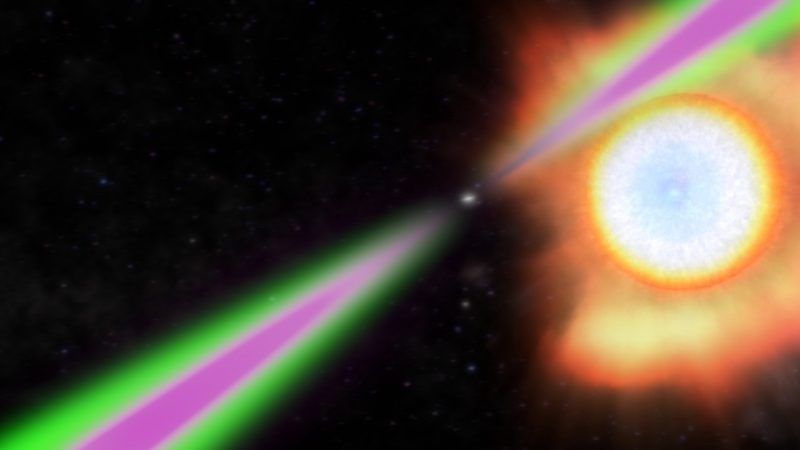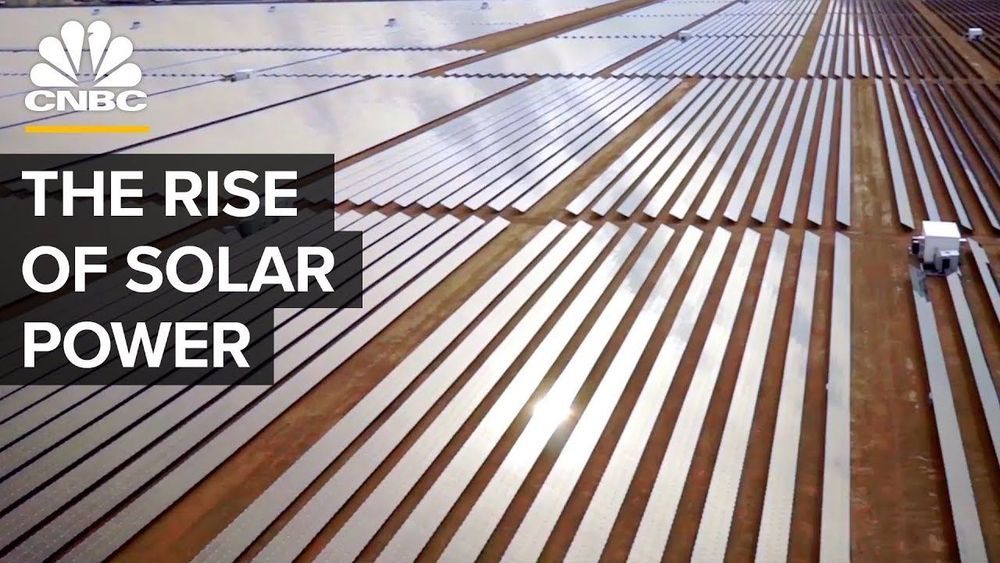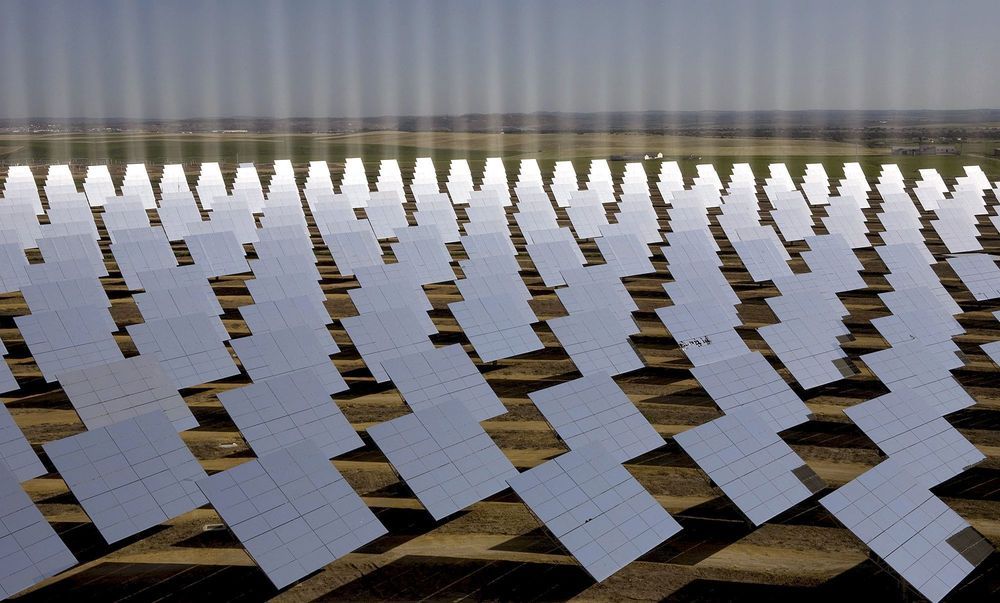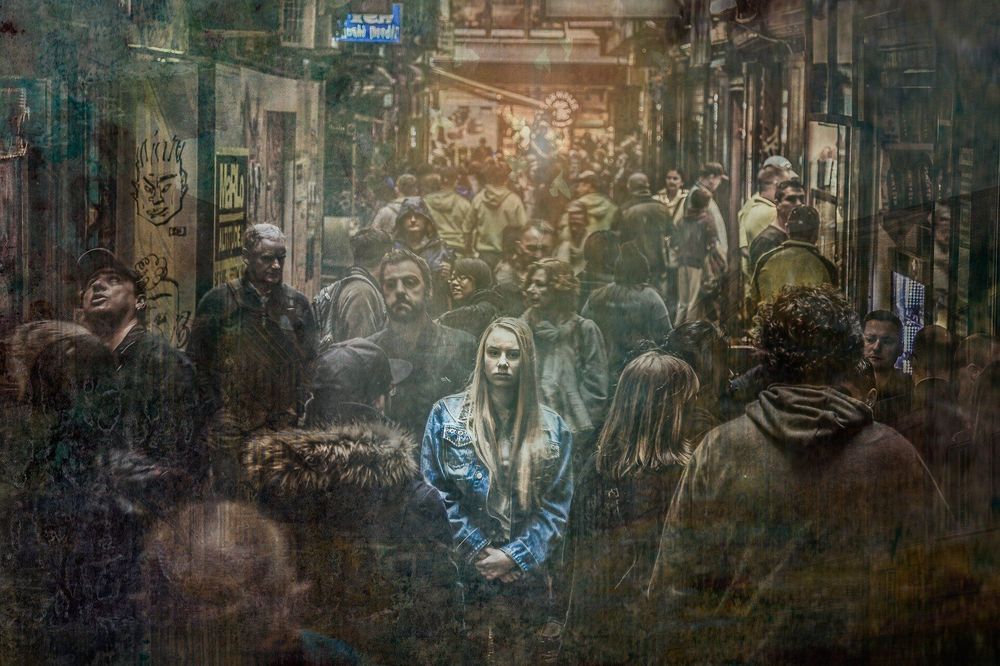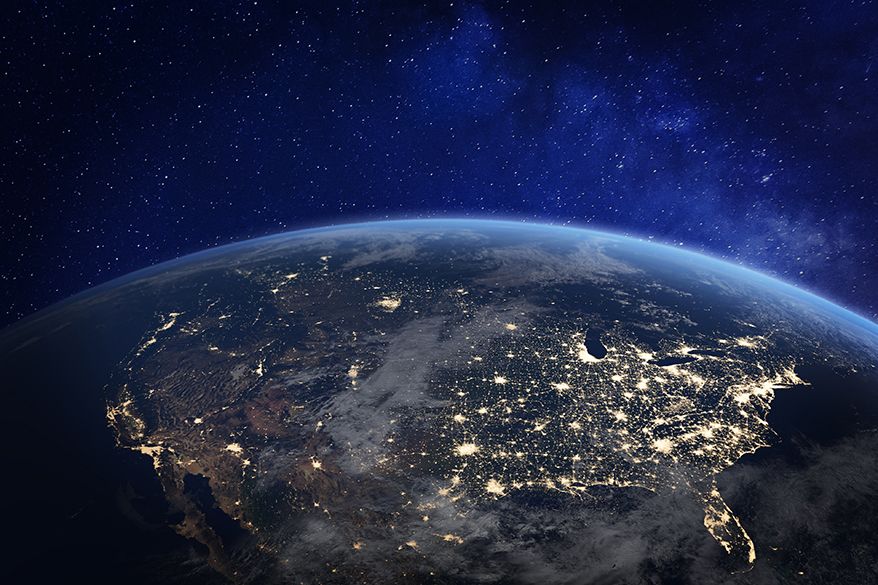You have to admit it. Some of the uses of artificial intelligence are simply fascinating. One of the more exciting aspects of artificial intelligence is seeing all the potential ways the technology can be applied to our daily lives, even if it at times it seems a little creepy. We have seen artificial intelligence technology shape everything from the medical world to art. However, did you ever think that AI would go on to shape the world of stock images?
RELATED: AIS CONTINUE TO ACT IN UNPREDICTABLE WAYS, SHOULD WE PANIC?
Now if you are familiar with people using AI to create portraits of people who do not exist, then surely this idea came to your mind at some point. Yet, another industry influenced by the world of AI.
